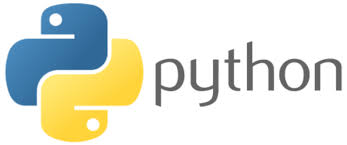CS 100

Scientific Computing
Activity 15 - Ciphers
-
Create python file
ciphers.pyin yourcs100/ch3folder. -
What do the following lines of code accomplish? Test and write your answer in comments above it.
m = "This is a message." for i in range(len(m)): print( ord(m[i]) ) -
Here is an message encrypted by the transposition cipher described in your book. The original message was separated into odd/even characters, and all odd characters were put before all even characters. The encrypted message is:
"o r ue wsmyuaespraeoe". Write a function to decrypt the message and return the decrypted plain text (check your book for hints). Call your function print the secret message! What does it say? - Now add the following lines of code. Run it and understand what the code does inside.
def substitutionEncrypt(plainText, key): alphabet = "abcdefghijklmnopqrstuvwxyz " plainText = plainText.lower() cipherText = "" for ch in plainText: idx = alphabet.find(ch) cipherText = cipherText + key[idx] return cipherText # add code here - decrypt() function key = 'zyxwvutsrqponmlkjihgfedcba ' plainText = 'the quick brown fox' encryptMsg = substitutionEncrypt(plainText,key) print( "Encrypted message: " + encryptMsg ) # call your function here to decrypt and test -
Add a
decryptfunction that takes two parameters (an encrypted message and a key) and returns the decrypted message. - Add code that calls/invokes the
decryptfunction and displays the result of the message held inencryptMsgafter it is decrypted.
If you finish early
-
Here is a new message encrypted with the substitution cipher:
"xsflsklau bgt qgm sjw xstmdgmk". It was encrypted using the key:"stuvwxyzabcdefghijklmnopqr ". Use your decryption function to print out what it says. What’s the secret message? -
Add code that asks the user for a message to be encrypted, encrypts that message, then decrypts it. Use print statements after each step to visualize your progress.